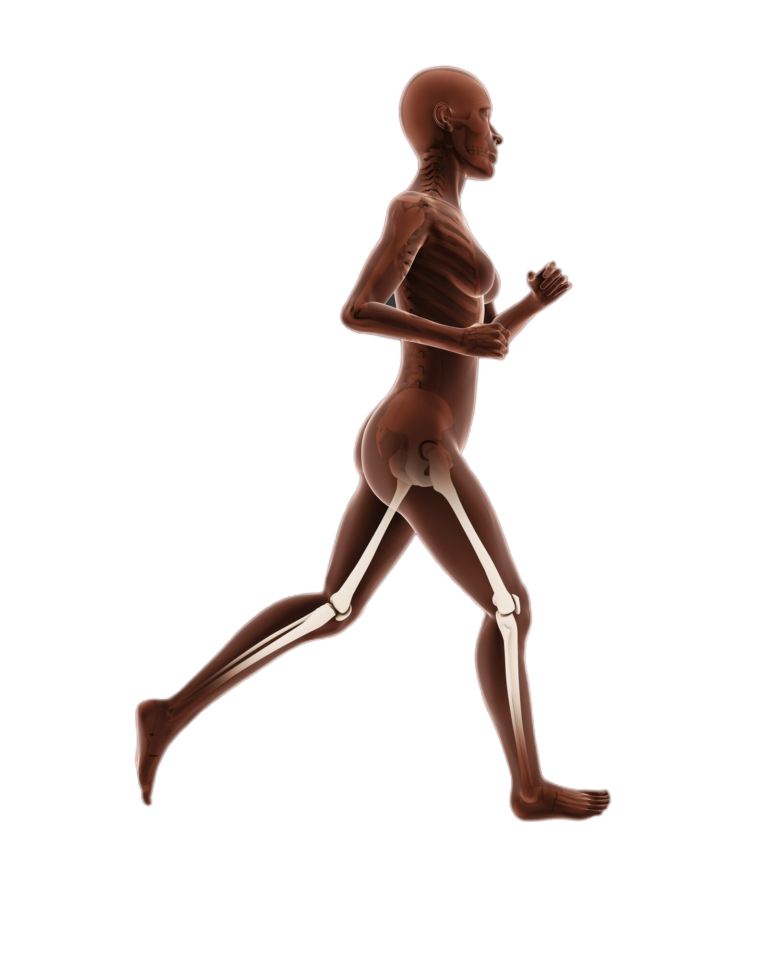Anatomy of the Hip
The hip is one of the body’s largest and most important joints. It plays a crucial role in supporting the weight of the body and in maintaining balance. The hip joint is a ball-and-socket joint formed by the acetabulum of the pelvis (the socket) and the head of the femur (the ball).
- Bones: The hip joint involves the pelvis and femur. The pelvis is made up of three bones: the ilium, ischium, and pubis. The femur, or thigh bone, is the longest and strongest bone in the body.
- Cartilage: A smooth layer of cartilage covers the ball and socket, allowing them to glide easily against each other. This cartilage reduces friction and absorbs shock.
- Ligaments: These strong bands of tissue connect bones to each other and help stabilize the hip joint. The most notable ligaments include the iliofemoral, pubofemoral, and ischiofemoral ligaments.
- Muscles and Tendons: Several muscles and tendons surround the hip, including the gluteal muscles (gluteus maximus, medius, and minimus), hip flexors (such as the iliopsoas), and the adductors. These muscles and tendons control movements and provide support.
Function of the Hip
The hip joint allows for a wide range of motion, making it essential for various activities, such as walking, running, sitting, and standing. Key functions of the hip include:
- Support and Stability: The hip joint supports the weight of the upper body in both static (standing) and dynamic (walking or running) postures.
- Movement: The hip joint facilitates multiple movements, including flexion (bending), extension (straightening), abduction (moving the leg away from the body), adduction (bringing the leg towards the body), internal rotation (turning the leg inward), and external rotation (turning the leg outward).
Common Hip Issues
Several conditions can affect the hip, causing pain and impairing function:
- Osteoarthritis: A degenerative joint disease where the cartilage in the hip wears down over time, leading to pain, stiffness, and decreased mobility.
- Rheumatoid Arthritis: An autoimmune condition that causes inflammation of the hip joint, resulting in pain, swelling, and eventual joint damage.
- Hip Fractures: Breaks in the upper part of the femur, often caused by falls or direct trauma. Hip fractures are particularly common in older adults with osteoporosis.
- Hip Bursitis: Inflammation of the bursae (small, fluid-filled sacs that cushion the hip joint), causing pain and tenderness on the outside of the hip.
- Tendinitis: Inflammation or irritation of the tendons around the hip, often due to overuse or repetitive stress.
- Hip Labral Tear: A tear in the labrum, the ring of cartilage that follows the outside rim of the socket of the hip joint. This can cause pain and a locking or catching sensation in the hip.
- Hip Dysplasia: A condition where the hip socket does not fully cover the ball portion of the upper thigh bone, which can lead to dislocation and arthritis.
Conclusion
Understanding the anatomy, function, and potential issues of the hip is crucial for maintaining hip health and addressing problems promptly. If you experience hip pain or mobility issues, consult a healthcare provider for an accurate diagnosis and appropriate treatment.
Disclaimer: The information provided in this blog post is for general informational purposes only and should not be considered professional advice. Before making any health-related decisions, consult with a qualified healthcare professional. The content is not a substitute for medical advice, and individual results may vary. The author and website are not responsible for any consequences arising from the use of the information provided. Use your best judgment and seek professional advice when needed.

